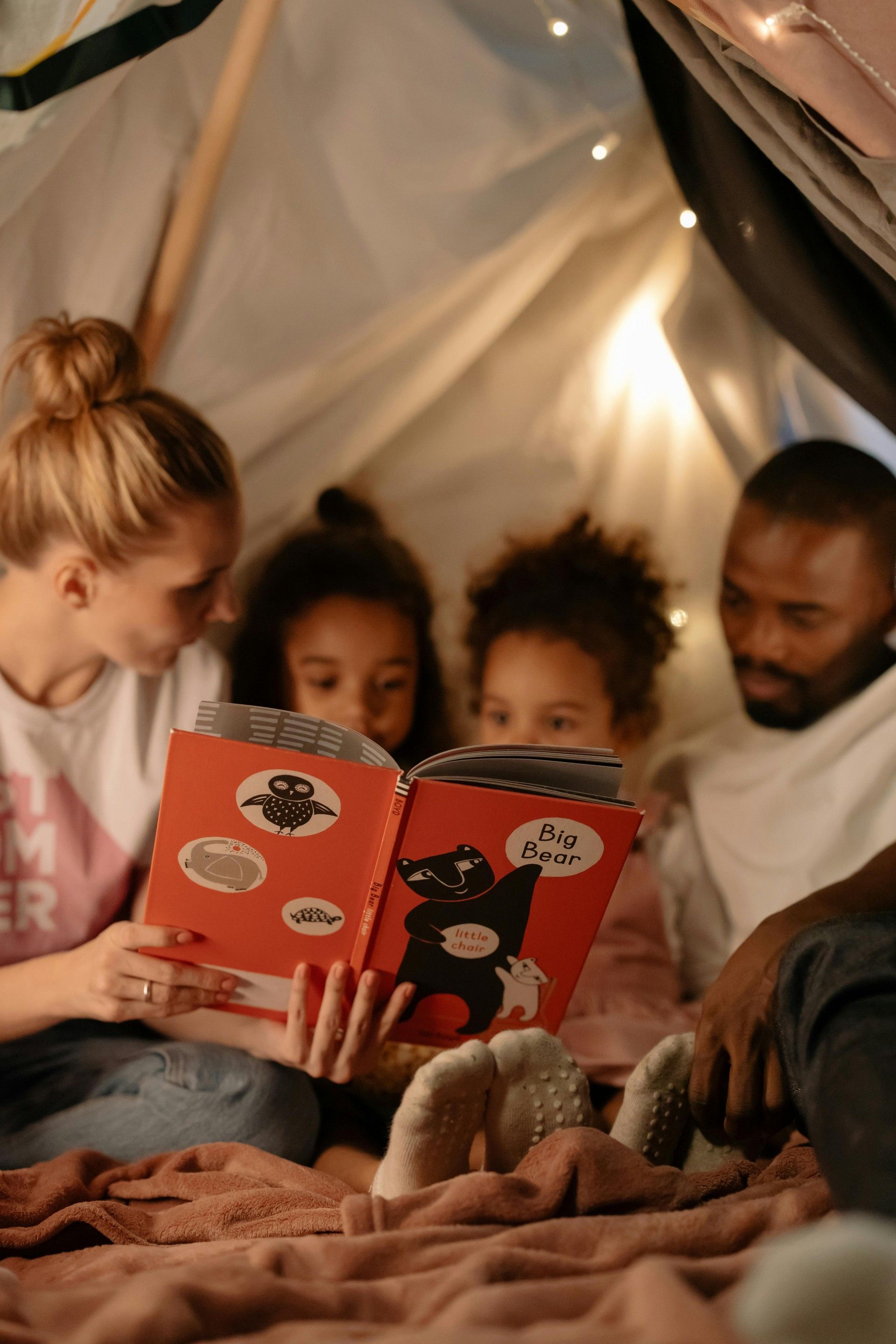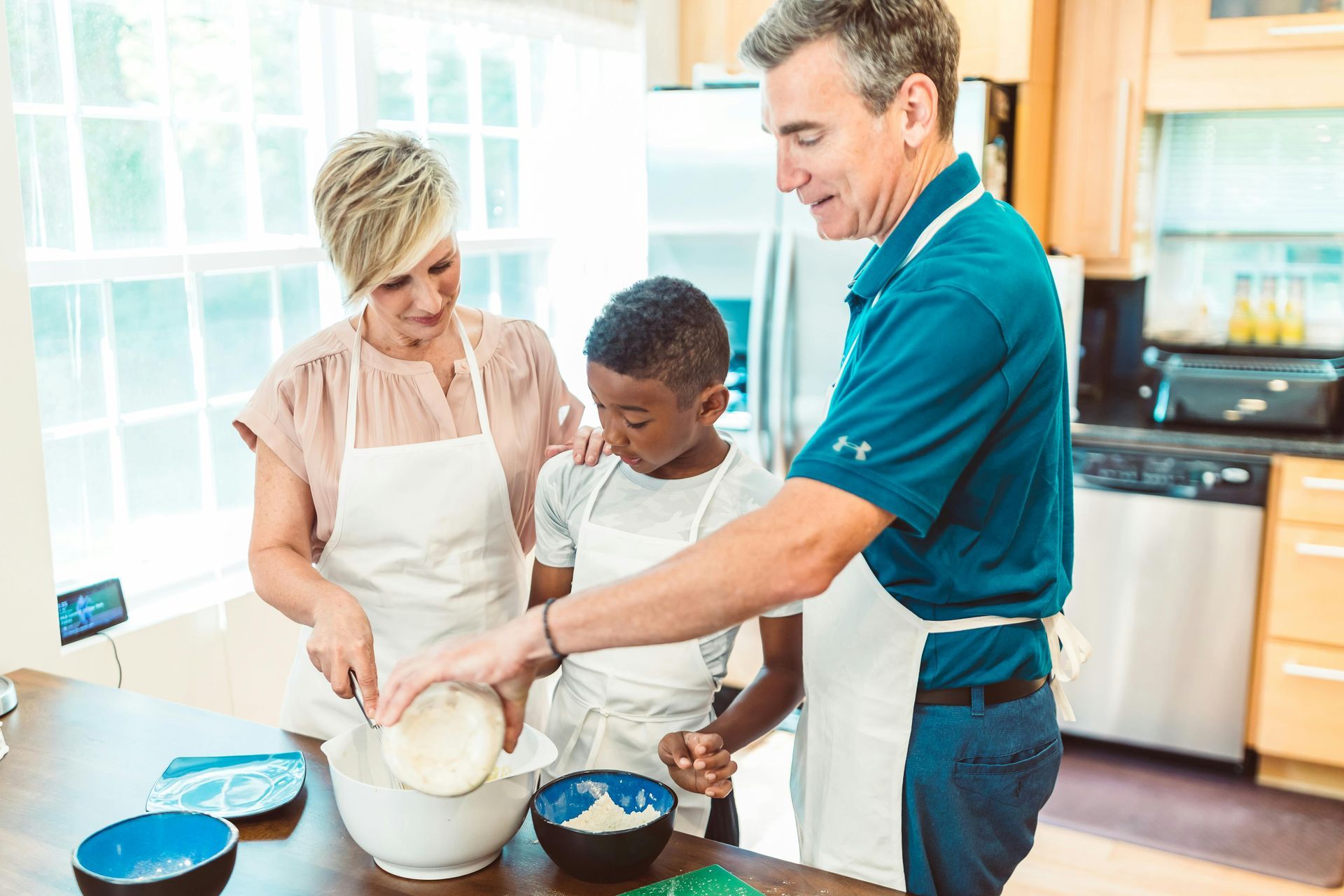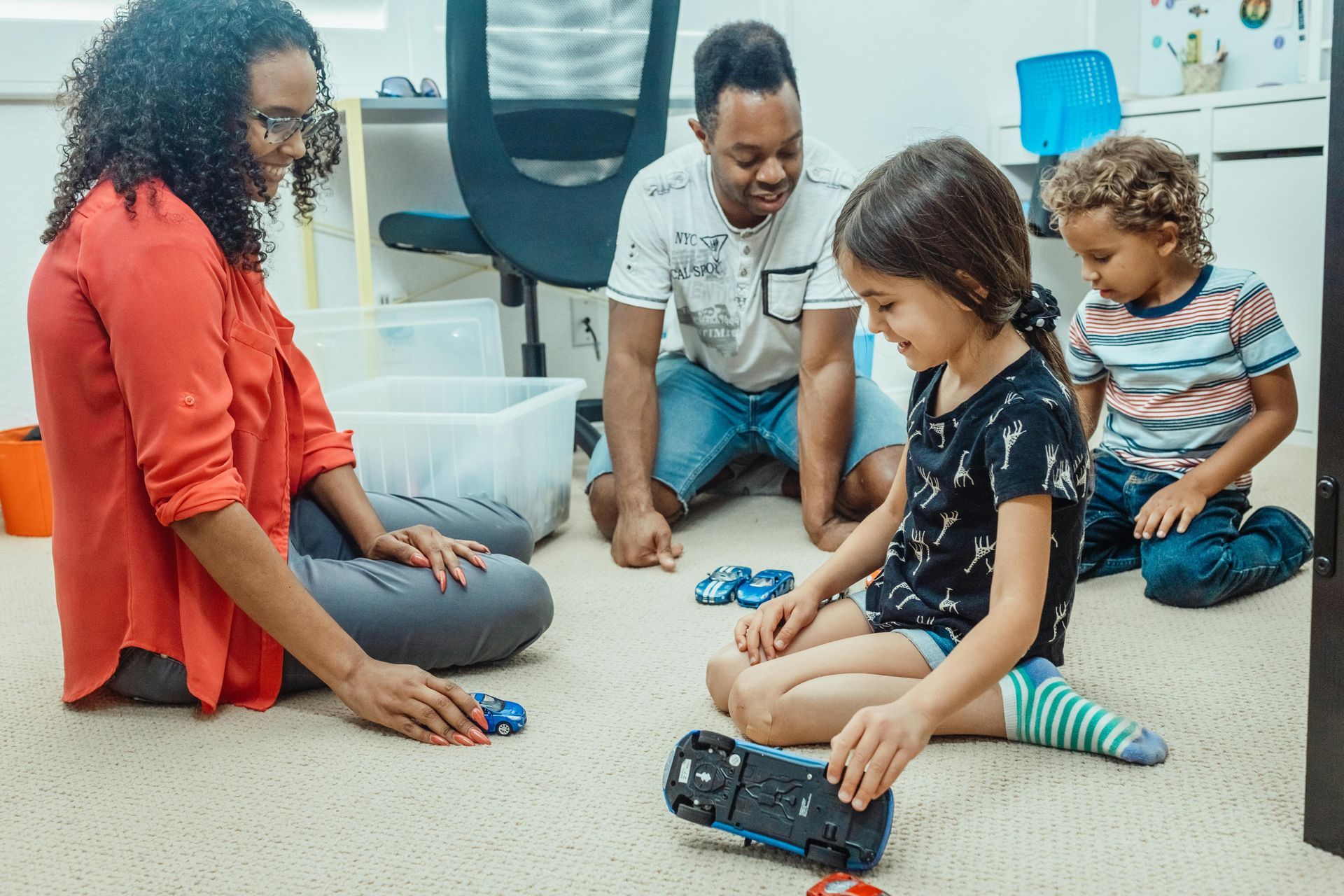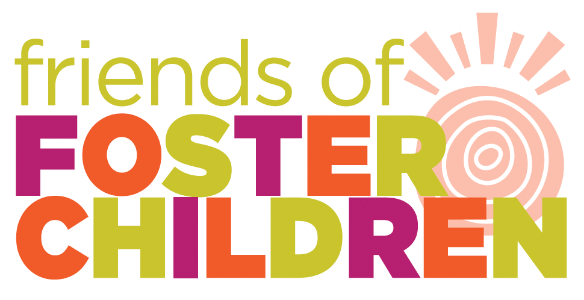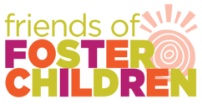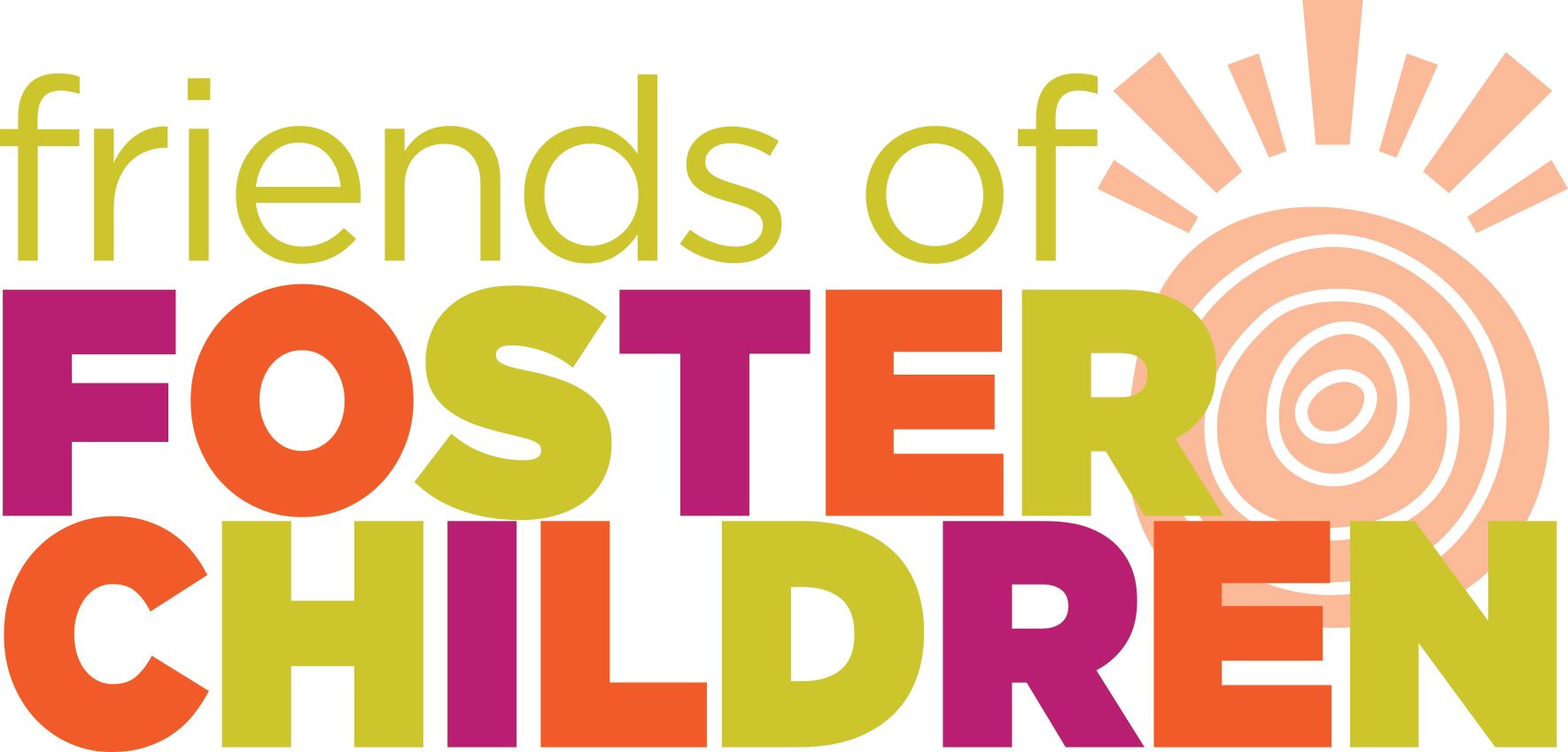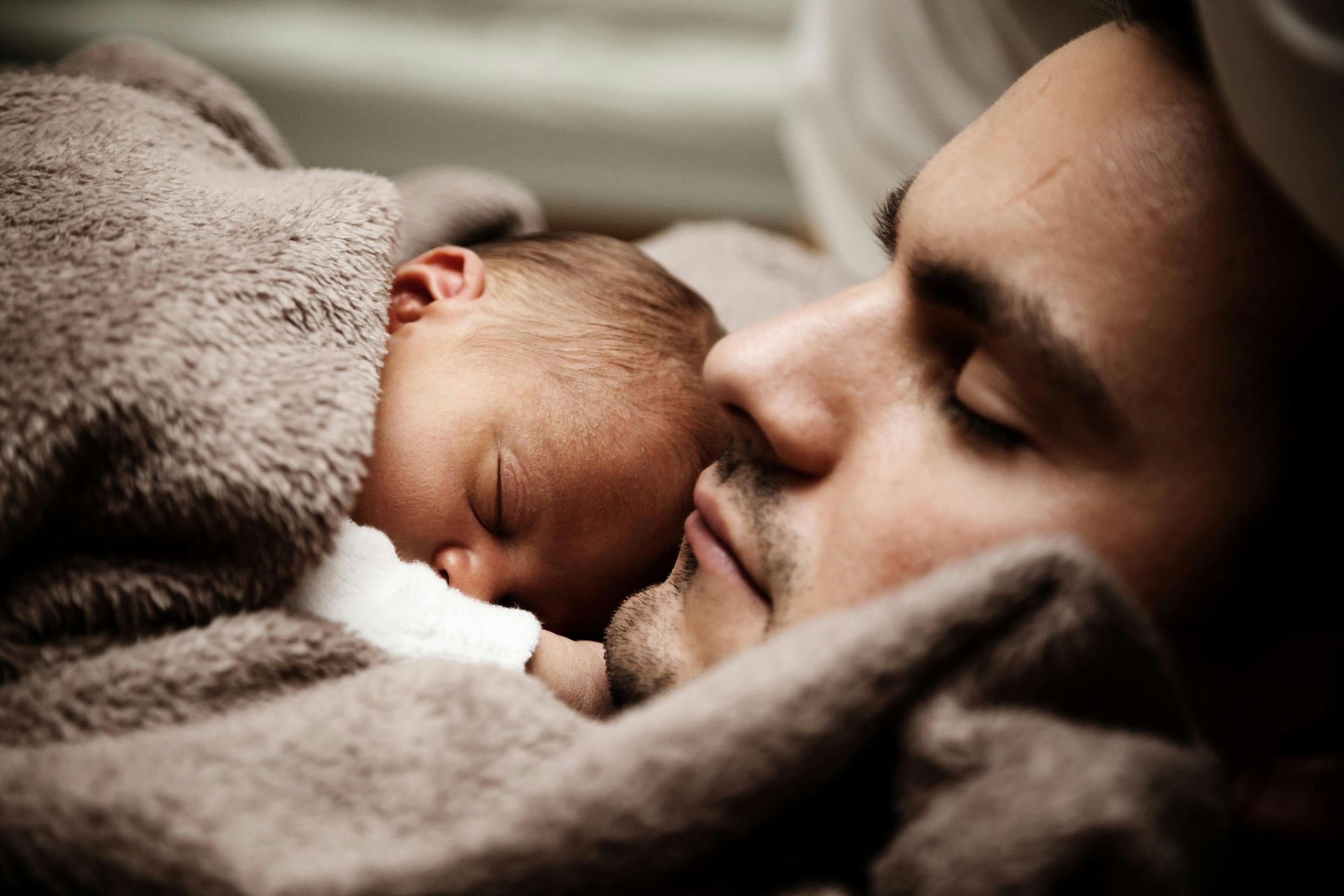More Than a Foster Care Child: A Story of Resilience, Healing, and Possibility
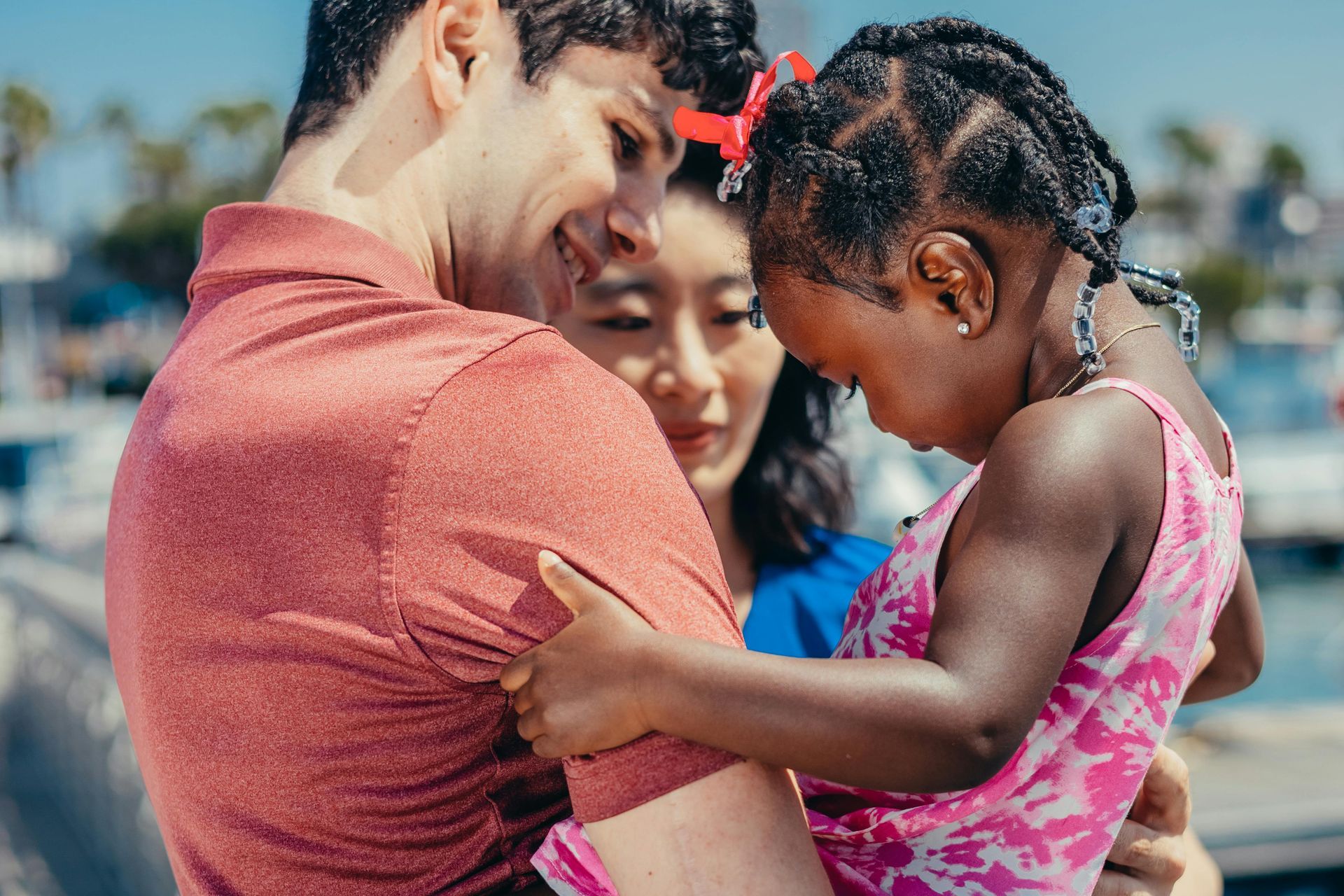
When you hear the phrase “foster care child,” what comes to mind? For some, it's a vague image of a child who doesn’t live with their parents. For others, it's a term they’ve heard in passing on the news or in movies but never fully understood.
The truth is, behind every foster care child is a story. A story of resilience, of challenge, of hope — and often, a story that begins with pain but doesn’t have to end there.
In this article, we’ll explore what a foster care child is, why children enter the system, what their experiences might look like, and how we — as a community — can better support them. Whether you’re someone considering foster parenting, an educator, or simply a curious and compassionate person, this guide is for you.
Understanding the Basics: What Is Foster Care?
Foster care is a system in which a child who cannot safely live with their biological family is placed in a temporary home with a licensed caregiver, often called a foster parent. The goal is to provide the child with safety, stability, and support during a time of crisis or transition.
A foster care child, then, is any child or teenager living in this temporary arrangement, not because of anything they’ve done wrong, but because the environment they came from was not safe or stable enough to meet their needs.
Why Do Children Enter Foster Care?
Children are placed in foster care for a variety of reasons, and it's important to understand that these situations are often complex. Here are some of the most common reasons:
1. Abuse or Neglect
This is one of the leading causes. If a child is experiencing physical, emotional abuse — or severe neglect — child protective services may intervene to remove the child and place them in a safer environment.
2. Parental Substance Abuse
Substance addiction can make it difficult or even dangerous for parents to care for their children. In these cases, children may be removed to ensure they are not exposed to harmful environments.
3. Mental Health Challenges
Parents with untreated mental health disorders may struggle to provide consistent care. In some situations, the child may also have mental health needs that require specialized care outside the home.
4. Domestic Violence
Even if the child is not the direct victim, witnessing violence in the home is deeply traumatic. Foster care can offer safety and a more peaceful environment.
5. Incarceration
When a child's only parent or guardian is incarcerated and no relatives can step in, foster care becomes a temporary solution.
6. Death or Illness
Tragedy can strike any family. When a parent becomes seriously ill or passes away, and there are no other caretakers, children may enter foster care.
7. Homelessness or Extreme Poverty
Sometimes, families love their children deeply but simply can’t provide the basic necessities due to extreme financial hardship or housing instability.
Who Are Foster Care Children?
Foster care children are just like any other children — they dream, they laugh, they play, and they long for love and stability.
But many have experienced trauma, instability, or loss. Their journey is not defined by where they came from, but by the support and care they receive along the way.
Some facts about foster care children:
- They range in age from infants to teenagers, with the average age being around 8.
- Some are part of sibling groups who hope to stay together.
- Many have experienced multiple placements, moving from one home to another.
- Some may have emotional or developmental needs due to early-life trauma.
- Many are still connected to their birth families and hope to be reunited one day.
What Does Life Look Like for a Foster Child?
Every foster child’s experience is unique, depending on their background, age, and placement. But there are some common threads:
1. Frequent Change
Some children may move multiple times due to issues with placements, lack of resources, or the challenges of matching them with the right family. Each move can be disruptive and emotionally exhausting.
2. Navigating the Unknown
Foster children often live with uncertainty — not knowing where they’ll live next, when they’ll see their parents again, or whether they’ll stay in the same school. These unknowns can be deeply unsettling.
3. Loss and Grief
Even if the home was unsafe, being removed from it is still a loss. Children grieve not only their parents but also their routines, belongings, pets, and communities.
4. Moments of Hope
During challenges, many children experience moments of kindness and connection that change their lives — a warm foster home, a caring teacher, a stable routine, a holiday celebration. These experiences are powerful.
What Is the Goal of Foster Care?
The main goal of foster care is reunification. That means working with the biological family to address the issues that led to the child’s removal so the family can be safely reunited.
But that’s not always possible. If it’s determined that a child cannot return to their biological family, other long-term solutions may include:
- Adoption
- Guardianship by a relative
- Long-term foster care, particularly for older youth nearing adulthood
Regardless of the outcome, the system aims to ensure permanency, stability, and well-being for each child.
The Role of Foster Parents
Foster parents are everyday people who open their homes and hearts to children in need. They receive training, support, and guidance — but most importantly, they provide:
- Structure
- Safety
- Compassion
- Guidance
Great foster parents help children heal from trauma, trust again, and thrive in a loving environment.
They also work closely with caseworkers, therapists, and often the birth family to help support reunification efforts whenever possible.
Common Misconceptions About Foster Care Children
Let’s take a moment to address some myths:
Myth 1: Foster kids are “bad” or “troubled.”
Truth: Foster children are not bad — they are often reacting to trauma. With love and support, they thrive just like any other child.
Myth 2: They’re all orphans.
Truth: Most foster children have living parents. They’re in care due to unsafe situations, not because their parents passed away.
Myth 3: They’re too damaged to help.
Truth: Every child has the ability to grow, heal, and succeed with the right environment and support.
A Real Story: A Glimpse of Possibility
Consider the story of Anthony, a teen who entered foster care at age 13 after years of instability at home. He was quiet, withdrawn, and behind in school. But when he moved in with a foster family who welcomed him with open arms, everything began to change.
They encouraged him to join the basketball team, supported his tutoring, and listened to him when he was ready to talk. Today, Anthony is a college freshman studying social work, and he dreams of one day helping other kids like him.
His story is just one of thousands, and proof that foster care can change lives.
How Can You Help?
You don’t need to become a foster parent to make a difference in the life of a foster care child. Here are ways to get involved:
- Mentor a youth in care through a local nonprofit.
- Donate clothing, books, or school supplies.
- Support organizations that provide training and resources to foster families.
- Advocate for child welfare policy improvements.
- Educate others about what foster care really is.
Even a single gesture — a backpack for school, a holiday gift, a word of encouragement — can remind a child they are seen and valued.
So, What Is a Foster Care Child?
A foster care child is a child who needs us.
They are not defined by where they came from, but by who they can become with love, safety, and opportunity.
They are strong, courageous, and full of potential — just waiting for the right person to believe in them.
And perhaps that person could be you.
Because at the end of the day, a foster care child is simply a child who deserves a chance, and with your support, they can have it.
Help caregivers provide loving homes for children in need. Your donation makes a difference today.

